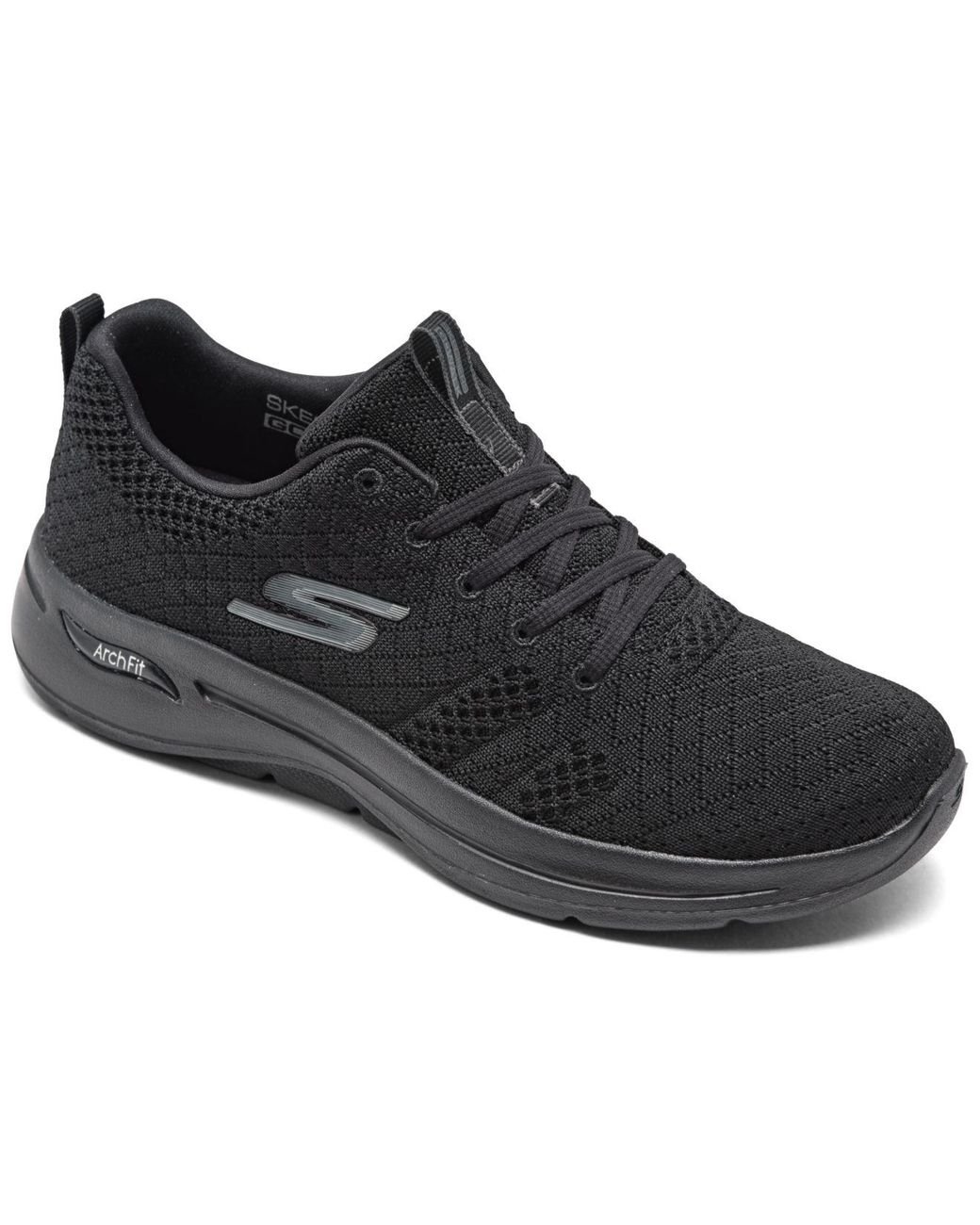

The most important thing is to find a sandal that has shock absorption, a moderate heel-to-toe drop-meaning, your heel is raised higher than the toes in the shoe-and a cuffed heel that holds your foot in place. “When you walk, your foot absorbs the shock between the ground and your body weight as it's pulled down by gravity,” she says. The shoe styles are on-trend and modern, she says, noting that the sandals, wedges and even flip-flops ”are specifically made for walking.” What Are The Most Comfortable Sandals For Standing All Day?Īccording to Sutera, it comes to physics and the biomechanics of your gait. Sutera likes Vionic Shoes, a podiatrist-designed brand, with a deep-seated heel cup to give you extra stability, arch support and cushioning. On the list to avoid: “Sandals that are very thin and flat since they have no support or cushioning and are not made to stand or walk in for long periods.” Over time, this can cause heel pain, plantar fasciitis, tendonitis and, in more severe cases, even stress fractures and pinched nerves. “You need high-quality sandals with built-in arch support, cushion padding and shock absorption,” says Sutera. It’s a matter of knowing what to look for and what to avoid. “It should look a little thicker in the back,” says Sutera, which ensures your foot will land on the heel comfortably as you walk. “Visually, you should see a heel-to-toe drop,” she says, meaning the height of the heel is higher than the toe. Lastly, hold the sandal flat horizontally. Also push down on the sole to get a sense of the cushioning it should have a padded or pillow-like section. “They should not be completely twistable-if they are, you’re not getting enough support,” says Sutera. They should have a little flexibility, but not too much that you could fold them and put them in your pocket.” Then hold the sandal at the tip of the toe and heel and try to twist them. “Bend them to make sure they have some give at the forefoot. The best way to determine the comfort and quality of any shoe is to test them like the experts do, says Sutera. On the flip side, the American Podiatric Medical Association doesn’t recommend anything higher than two inches. Heel Height: Avoid anything too flat, since this won’t provide enough cushioning and support, says Sutera.“Be prepared to go up or down a length or width depending on where the shoes are from.” For example, US sizes runs big while those from Europe run small. “Every shoe brand cuts their sizes differently so it’s best to try to pairs and walk in them at home to see if they’re truly comfortable,” recommends Sutera. Size And Fit: Just like clothing, not all shoe sizes are created equal.Also avoid buying used shoes as they are worn into another wearer’s foot pattern,” which can lead to pain. Sutera says you should replace your shoes as soon as they show signs of wear and tear. No matter the material, not every pair of sandals will last forever. Memory foam is highly flexible but not particularly durable or easy to keep in pristine condition. Rubber is a more affordable option that also repels moisture. Leather is stylish, hardwearing, easy to clean and flexible in warm or humid weather. Materials: Lightweight durable materials hold up well and won’t weigh down your foot.Always avoid anything too thin or flat, such as flimsy flip flops, if you want to avoid foot pain later on. Also look for a cupped or cuffed heel (the sole will be a little thicker at the back) for extra support, especially if you have plantar fasciitis.



According to board certified podiatrist and foot surgeon Jacqueline Sutera of City Podiatry in New York you want a shoe that offers good arch support, to help you maintain your alignment, as well as cushioning, especially since the foot’s natural padding and cushioning decline with age. Comfort: It almost goes without saying that the sandals you choose must tick all the boxes-for style, support, sturdiness and comfort.Contributor What To Consider When Shopping for Sandals


 0 kommentar(er)
0 kommentar(er)
